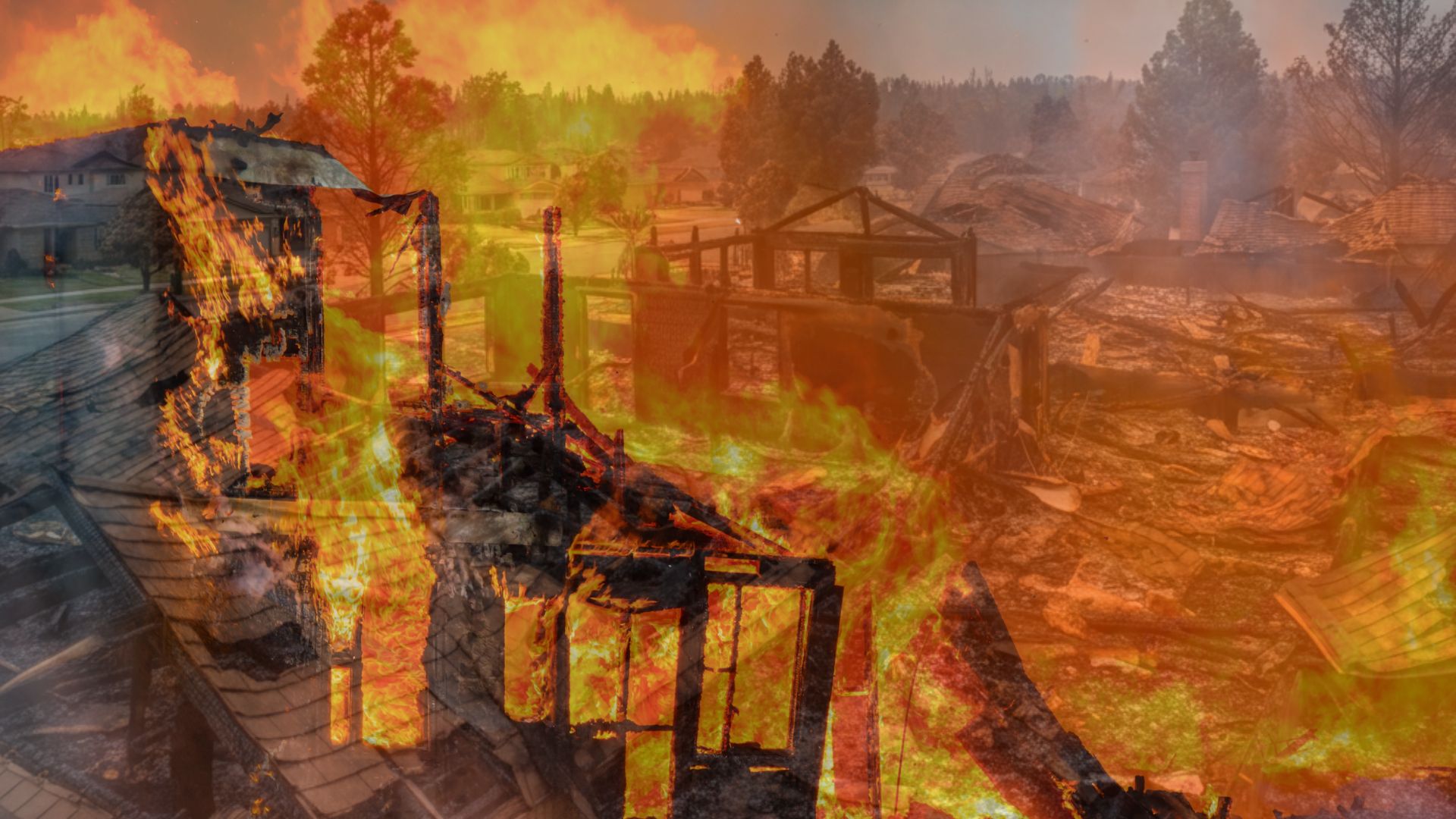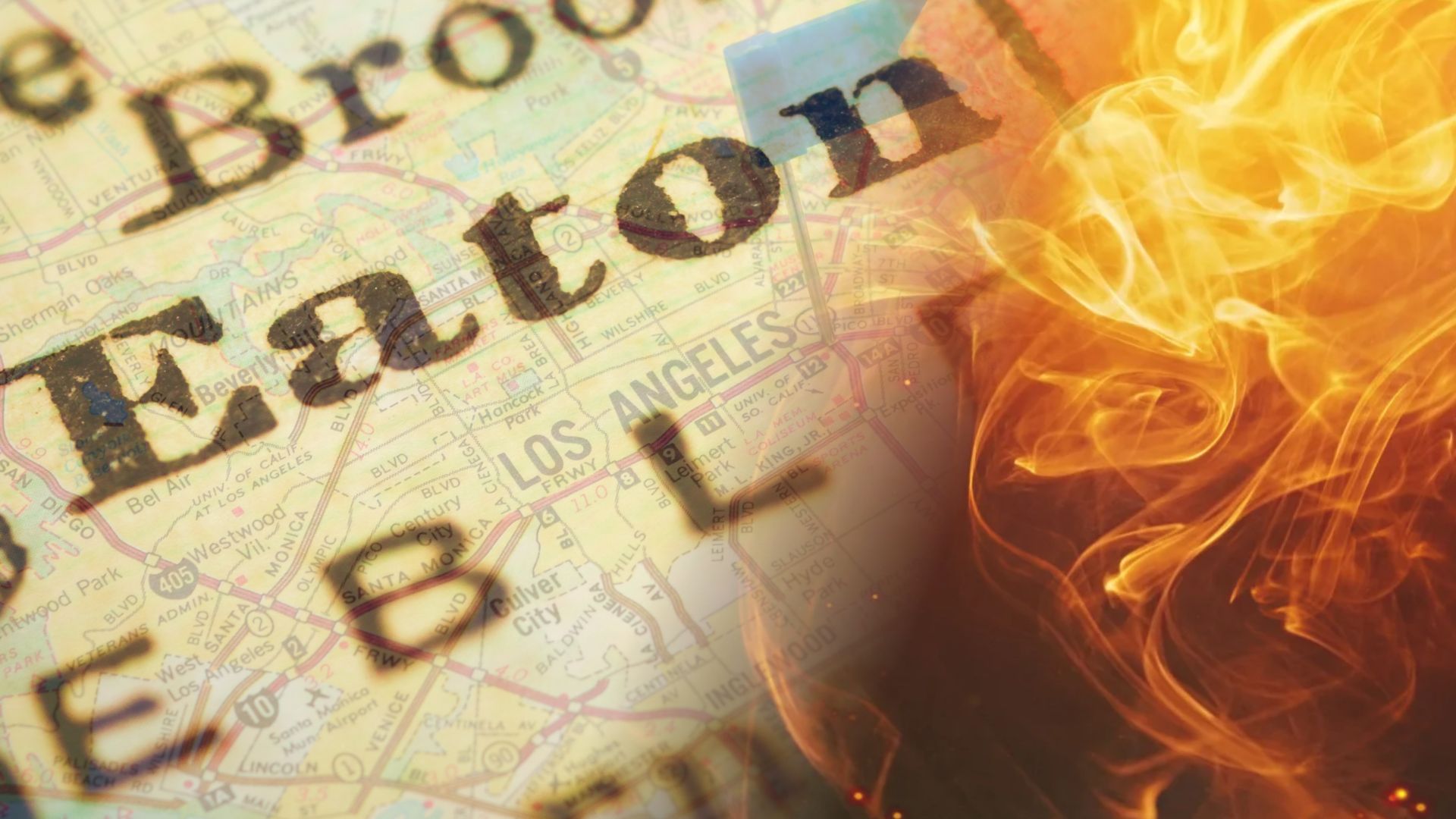Eaton Fire’s Devastating Impact
The Eaton Fire, which ignited late on January 7, 2025, under fierce Santa Ana wind conditions, has left an indelible mark on Altadena and its surrounding communities. Covering over 14,000 acres, the wildfire destroyed a staggering 9,418 structures, damaged another 1,073, and claimed 17 civilian lives. Though containment has reached 95%, the scarred landscape and displaced residents paint a grim picture of the fire’s aftermath.
The fire’s origins remain under investigation, with recent video footage suggesting potential electrical activity near the ignition point. Meanwhile, local utility companies face mounting scrutiny. For the affected residents, however, the pressing concern is recovery. With federal disaster relief now deployed, families are seeking assistance from newly established centers in Altadena and Pasadena. Yet, as families grieve their losses, an overwhelming challenge looms—how to manage the massive amounts of debris left in the fire’s wake.
Debris Management Challenges
Fire debris removal is no small undertaking. Burned structures can leave behind hazardous materials such as asbestos, heavy metals, and toxic ash. For a disaster of this magnitude, experts project tens of thousands of tons of debris to be sifted through, removed, and disposed of carefully. This cleanup process must meet strict environmental and public health standards.
California’s Office of Emergency Services (Cal OES), in collaboration with Los Angeles County, has taken charge of coordinating debris management efforts. Residents have been advised to avoid direct handling of debris due to potential contamination risks. Meanwhile, temporary road closures and the complete shutdown of the Angeles National Forest add further logistical complications to the cleanup process.
The long-term environmental impact of this debris also cannot be ignored. Toxic runoff from burned materials poses a significant threat to waterways and drinking water supplies—a concern already flagged in Los Angeles County. Sustainable recovery practices, including recycling non-toxic debris and careful erosion control measures, are expected to play a major role in mitigating these risks.
Financial Strain on California FAIR Plan
The Eaton Fire has also brought California’s FAIR Plan under the spotlight. As the state’s insurer of last resort, the nonprofit organization is currently responsible for a significant share of the riskiest wildfire-prone properties. According to a recent report, the FAIR Plan covers 12% of the structures in the Eaton Fire zone. With potential exposure exceeding $775 million for this fire alone, questions are mounting about the Plan’s financial ability to handle the escalating risks of wildfires.
The FAIR Plan’s available reserves have sparked particular concern. While some estimates suggest it has reinsurance to cover $2.6 billion in claims, the reserve fund appears to lag far behind the total exposure. If its funds prove insufficient, California policyholders across the state may face additional fees to fill the gap. These “supplemental fees” could burden other homeowners, many of whom are already grappling with rising costs amidst California’s ongoing insurance crisis.
Although state officials are working on solutions, such as allowing the FAIR Plan to issue bonds to boost liquidity, the firefighting and rebuilding costs reveal just how fragile the system has become. The ripple effects could last for years, leaving both insurance providers and homeowners navigating a more volatile market.
Future Implications for Homeowners
For California residents, the events surrounding the Eaton Fire highlight the critical need for resilience and preparedness amid growing wildfire risks. While the FAIR Plan remains a lifeline for many homeowners unable to secure private insurance, its limitations underscore the importance of proactive disaster risk management.
Homeowners, particularly in fire-prone areas, are being advised to double-check their insurance policies, ensure adequate coverage, and explore options for comprehensive “wraparound” plans. At the community level, improved urban planning—including defensible space regulations and safer materials for construction—could help reduce the risks and costs associated with future wildfires.
Lessons in Preparedness and Resilience
The Eaton Fire serves as a sobering reminder that natural disasters are not just localized events—they ripple across entire communities, systems, and industries. Efforts to clear debris and rebuild are already underway, but the fire’s far-reaching impacts are pushing California to reexamine strategies for disaster management and insurance reform.
For residents, the emphasis now must shift to preparation. Equipping homes with fire-resistant materials, building emergency funds, and supporting large-scale policy changes are steps toward minimizing future devastation. Recovery is a long road, but the lessons learned from emergencies like the Eaton Fire can serve as a foundation for building stronger, more fire-resilient communities in the years ahead.


